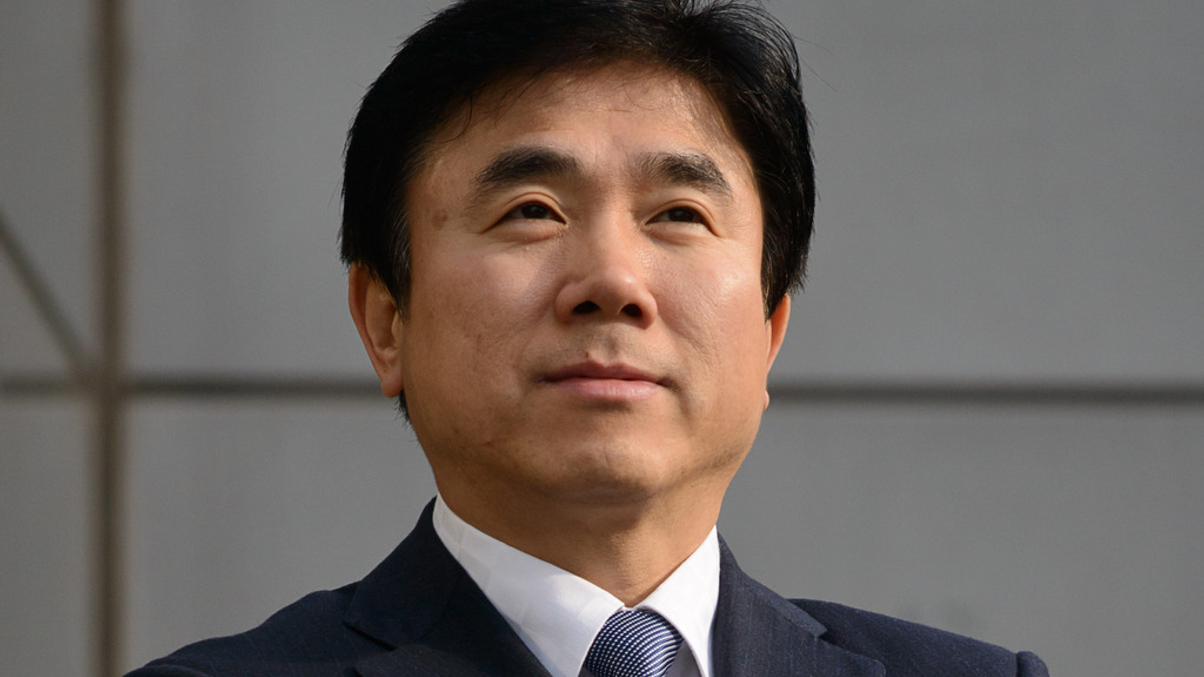Samsung Life mulls how to tackle rate rises
With major fixed income exposure that it must retain until 2016, Korea’s largest life insurer is concerned about potential interest rate hikes, says the head of asset portfolio management.

Fixed income and floating-rate notes together account for some 80% of Samsung Life’s $150 billion in assets under management, meaning potential interest rate rises are a big concern, says Jeon Young-muk*, head of asset portfolio management for the insurer's general account.
Sign In to Your Account
Access Exclusive AsianInvestor Content!
Please sign in to your subscription to unlock full access to our premium AI resources.
Free Registration & 7-Day Trial
Register now to enjoy a 7-day free trial—no registration fees required. Click the link to get started.
Note: This free trial is a one-time offer.
¬ Haymarket Media Limited. All rights reserved.


